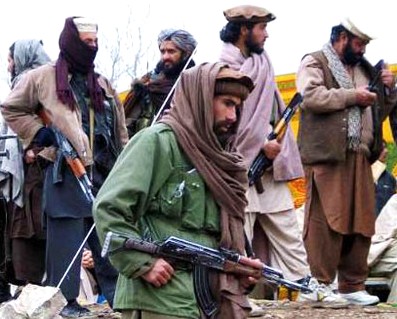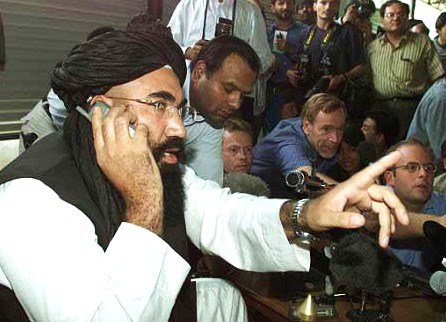Afghanistan: Understanding The Taliban From The Inside
The Taliban movement was started by former Mujaheddin in the aftermath of the victory against the Soviets in 1989. Contrary to the assumptions made by the US media, the Taliban still enjoy a wide support within Afghanistan, especially in the Pashtun area of the country. Expecting to win militarily against the Taliban is unrealistic, and if Afghanistan is ever going to be at peace, the Taliban will share some of the political power.
The book “My Life With The Taliban” is the autobiography of Abdul Salam Zaeef, and offer the reader a unique perspective. Zaeef is a former senior member of Afghanistan’s Taliban and was a principal actor in Afghanistan’s domestic and foreign policies under the Taliban. The book is translated from Pashtun language, and Zaeef’s words express more than just a personal history of an unusual life, but they supply a much needed counter-narrative to standard accounts of Afghanistan since 1979.
Zaeef was born in Southern Afghanistan in 1968, and played a role in many of the country’s major event. Zaeef is from a rural area near Kandahar. His family was poor and both his parents died when he was young. In 1979, Russia’s invasion forced Zaeef to flee to Pakistan. In 1983, Zaeef joined the Jihad against the Soviets, and fought alongside several major figures of the anti-Soviet resistance, including current Taliban top leader Mullah Mohammad Omar. After the war, Zaeef returned to his quiet life in the Helmand province, but factional conflicts soon broke out, and Zaeef “disgusted by the ensuing lawlessness” joined with other former Mujaheddin to form the Taliban. After the Taliban assumed power in 1994, Zaeef undertook administrative positions with the Taliban in the 1990s. In recent years, Zaeef became a public critic of the US-backed corrupt Karzai government following his release from Guantanamo in 2005. Zaeef lives now in Kabul.
“The first few days of the Taliban movement were time of great needs. We had a few weapons, but no cars and no money. Mullah Abdul Sattar and I each had a motorbike. My bike broke down with an engine problem on the very first day, though, which left Mullah Sattar’s Russian motorbike as the Taliban only means of transportation. It had no exhaust pipe and could be heard coming from miles away, roaring down the dirt tracks and back-roads. We called it “the tank of Islam”. After Mullah Masoom visited the villages, score of people came to our check points to see the Taliban for themselves. There was hope in their hearts for the first time in years,” recalls Zaeef about the humble beginnings of the Taliban movement.
In “My Life With The Taliban”, Zaeef recounts his time with the organization as a civil servant and a Minister who negotiated with foreign oil companies and Ahmed Shah Massoud, the leader of the Afghan resistance during the Soviet-era. At the time of 9/11/2001, Zaeef served as Afghanistan ambassador to Pakistan. In his book, Zaeef shines a light on what he calls “the phony war” that preceded the US-led invasion of Afghanistan.
In 2002, Zaeef was “delivered” to the American forces operating in Pakistan and spent four and half years in prison, including 3 years in Guantanamo, before being released without trial or charges. Zaeef comments and reflections offer a unique and privileged look at the communities that form the bedrock of the Taliban, and the forces that motivate men such as Zaeef and other Taliban to keep on fighting.
Editor’s Note: Please follow The News Junkie Post on Twitter to stay updated on all of our articles.
Related Articles
















You must be logged in to post a comment Login